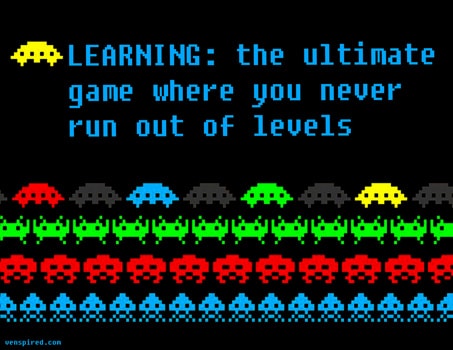Five Learning Agility Traits You Need To Keep From Failing
In today’s world of high velocity change, conference organizers, meeting professionals and association leaders need to be more agile than ever.
Adapting to new business models, working with virtual teams, identifying ongoing macro, industry and organization trends that will impact customers, and using predictive analysis are just some of the traits today’s leaders need.
In short, being more agile and flexible are critical to success.
Defining Learning Agility
How stuck are you in your old ways of thinking about planning, programming, leading and learning? On a scale of one to five with one being not open and five being very open, how open are you to new ways of thinking and the willingness to learn new skills for your daily routines?
Research by the Centre for Creative Leadership (CCL) demonstrates that leaders who refuse to let go of entrenched patterns of behaviors fail. Similarly, leaders that don’t recognize nuances of different contexts tend to derail.
Successful leaders continue to develop and hone their skills. They continually look for ways to improve their practices for the benefit of their customers. They show an open willingness to learn and commit to life-long learning.
According to the CCL, an individual’s current skill set is of secondary importance to their ability to learn new knowledge, skills and behaviors to respond to future challenges. Thus, we must begin to focus on finding leaders that are willing to shed past skills, perspectives and ideas that are no longer relevant and learn new ones that are. That’s where we will find successful leadership.
The researchers at CCL define learning agility as a mind-set and corresponding collection of practices that allow leaders to continually develop, grow, and utilize new strategies that will equip them for the increasingly complex problems they face in their organizations.
Five Learning Agile Traits You Need For Success
CCL’s research identified five practices leaders need today to survive today’s turbulent times. Of these five traits, four enable learning agility and one impedes it.
1. Innovating (A Learning Agile Enabler)
Questioning the status quo and challenging long held assumptions with a goal of discovering new ways of doing things. This requires embracing new experiences that provide new perspectives from multiple angles.
2. Performing (A Learning Agile Enabler)
Learning from experience requires keen observation and listening skills as well as the ability to process and interpret data when facing a new challenge. This means handling the stress of new challenges, the unknown and being able to remain present and engaged.
3. Reflecting (A Learning Agile Enabler)
Simply participating in new experiences does not necessarily mean one learns from those experiences. We need feedback and dedicated time to process new information in light of our past knowledge and ideas. We need to schedule time to reflect on our own assumptions and behavior to generate deeper insights from those experiences.
4. Risking (A Learning Agile Enabler)
Learning agile pioneers embrace progressive risk, not for thrill-seeking, but for greater opportunities. They volunteer and practice things where success is not a guarantee and failure is seen as part of the learning process. We need to stretch our confidence outside of our normal comfort zone to practice a cycle of learning agility.
5. Defending (A Learning Agile Derailer)
Avoiding learning opportunities when they arise is a sure way to fail. Being defensive and closed to criticism or offered feedback lowers learning agility. Defensiveness in light of being challenged needs to be measured and understood in order to embrace learning agility.
Why do you think learning agility is more important today than your current skill set? Which of these five learning agility enablers or derailers are the most challenging for you to embrace and why?


